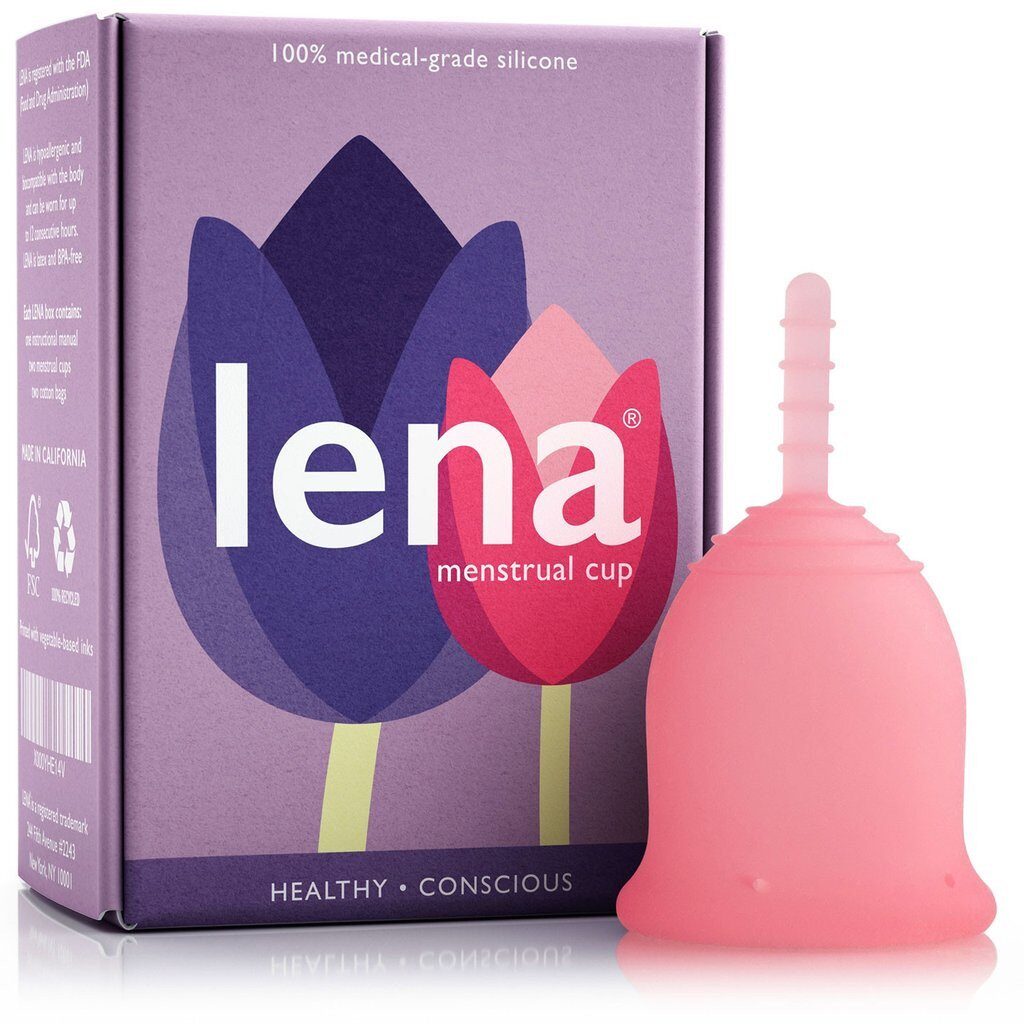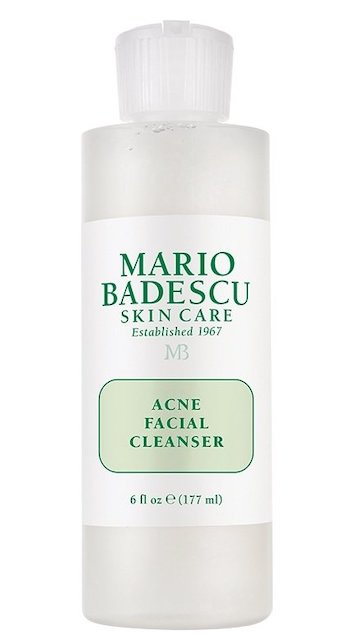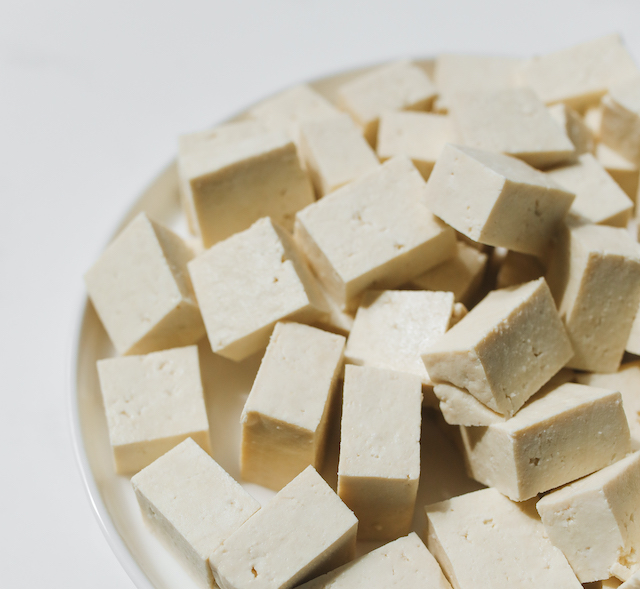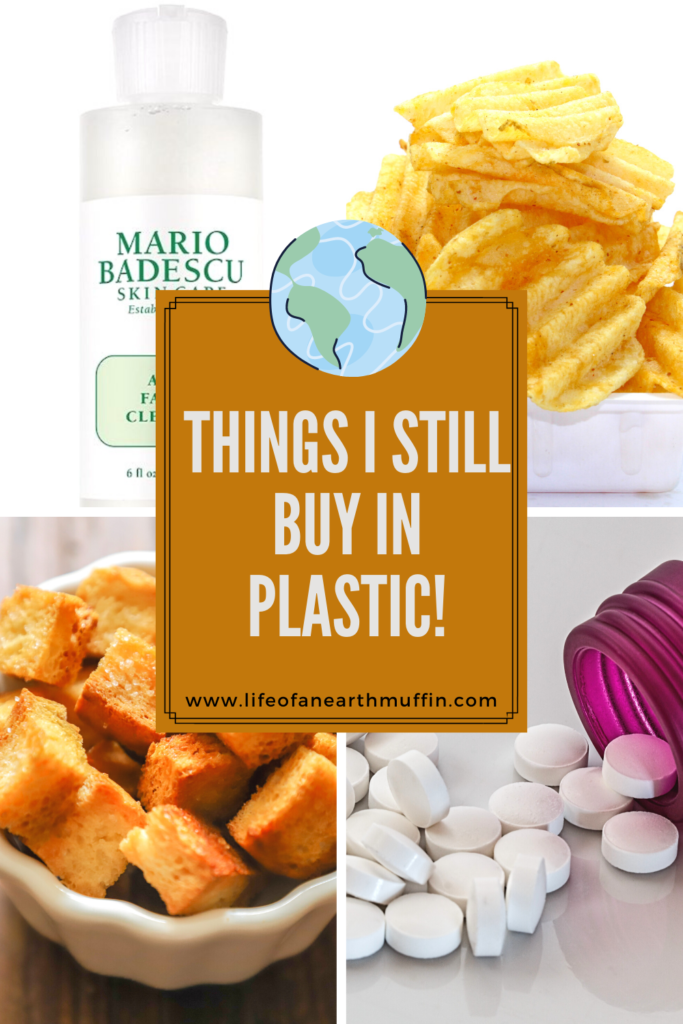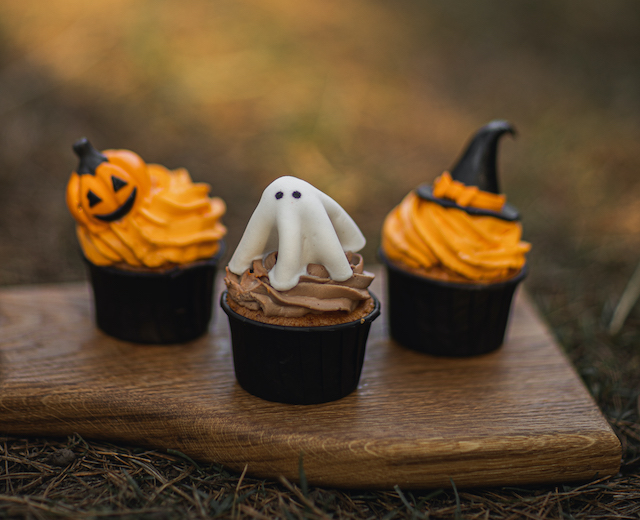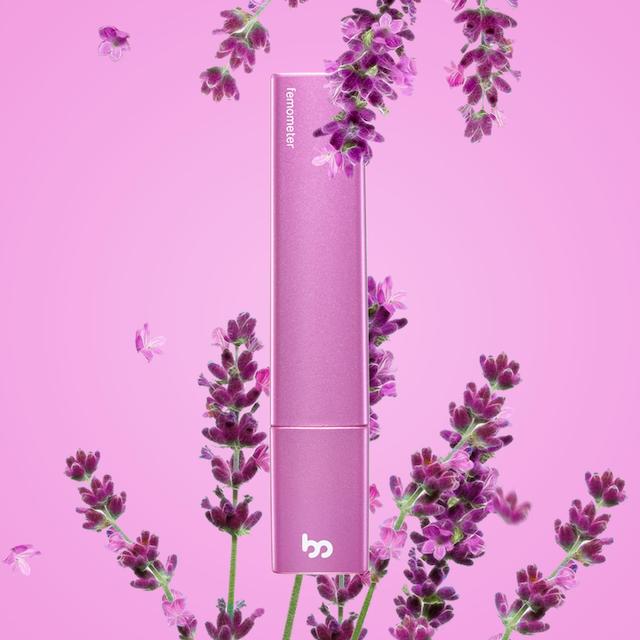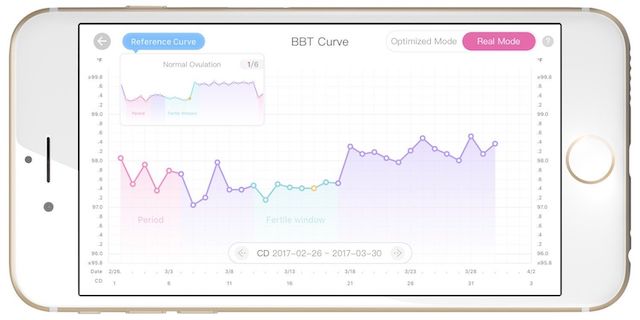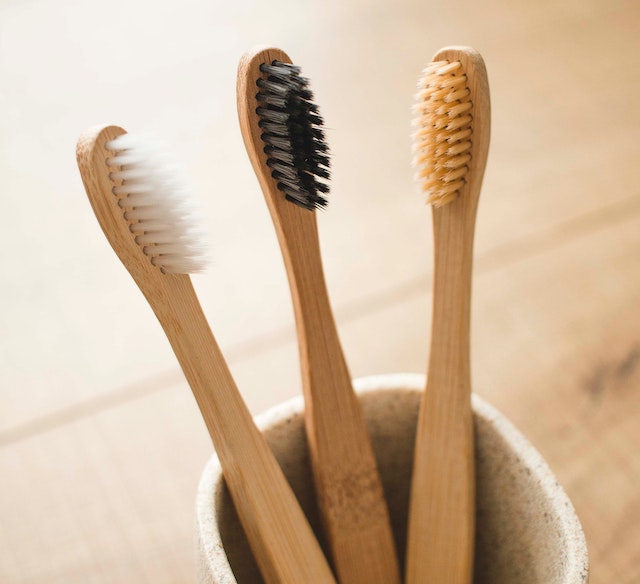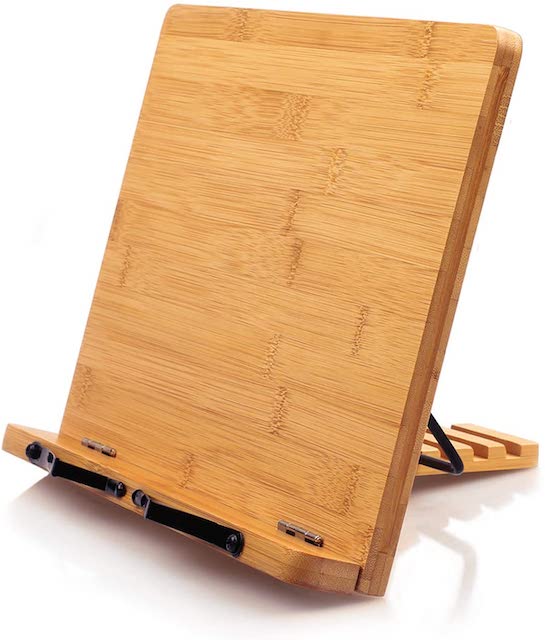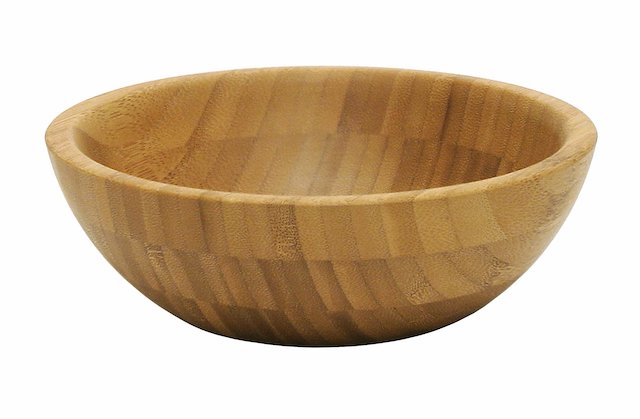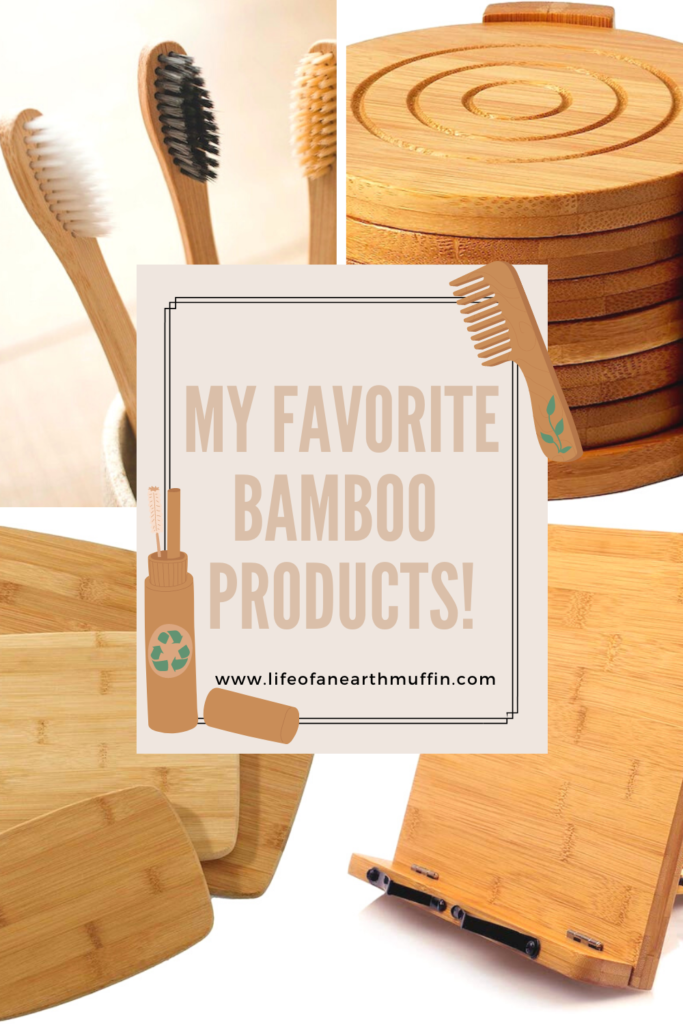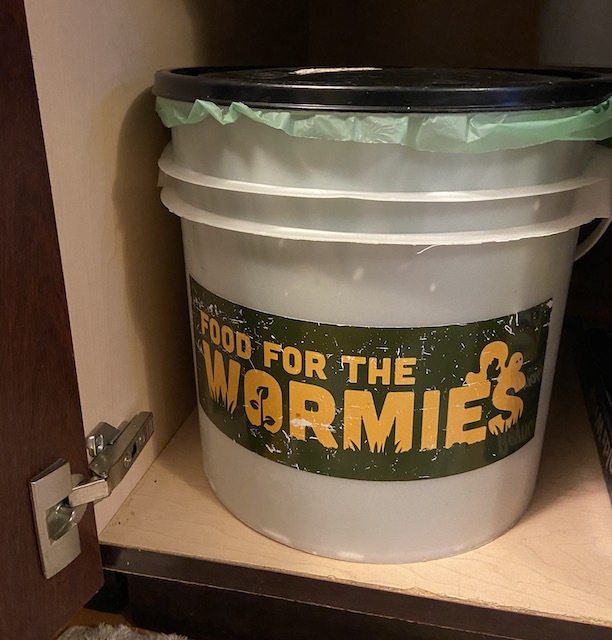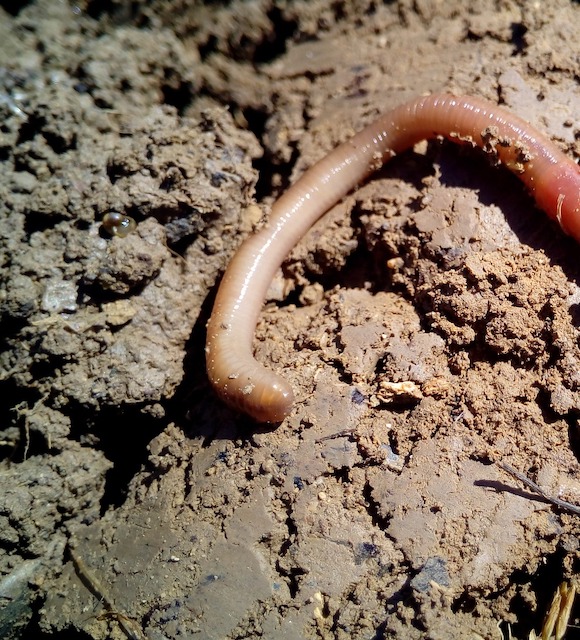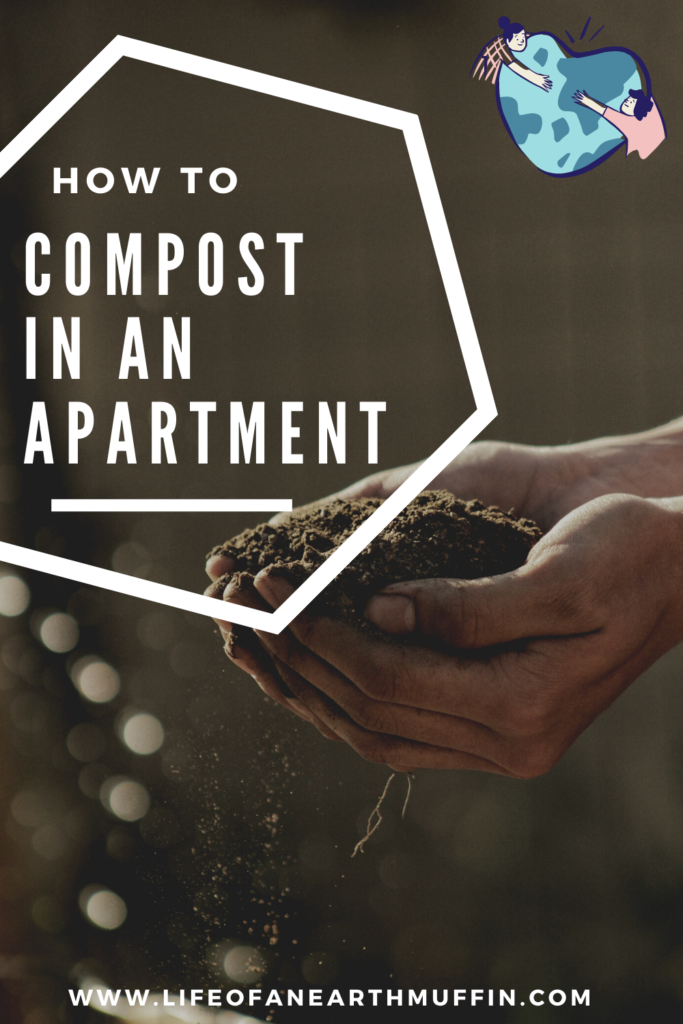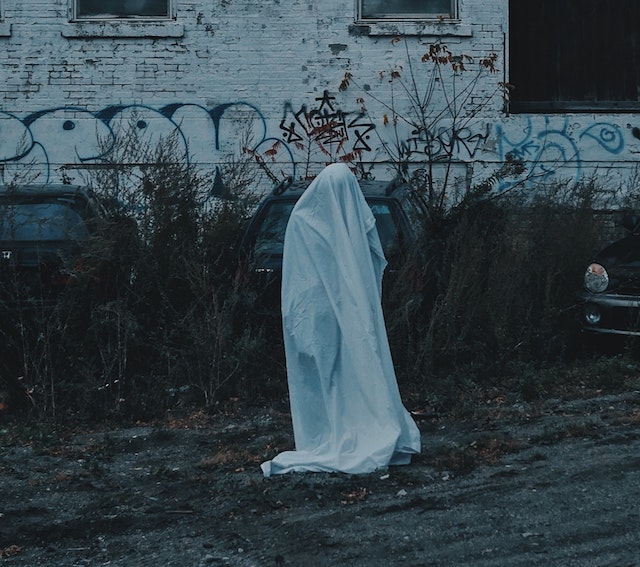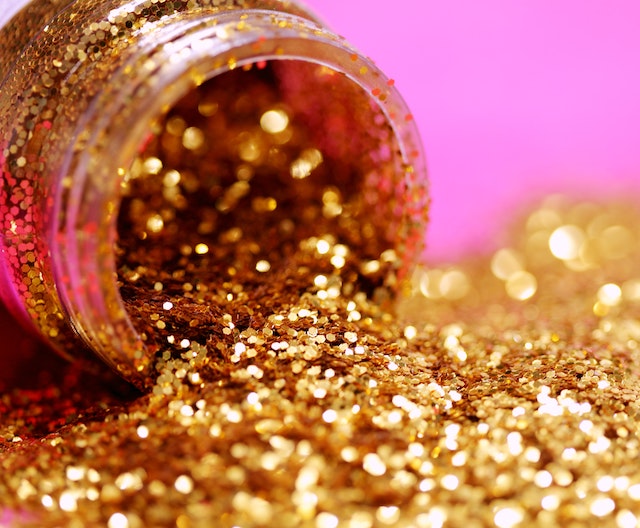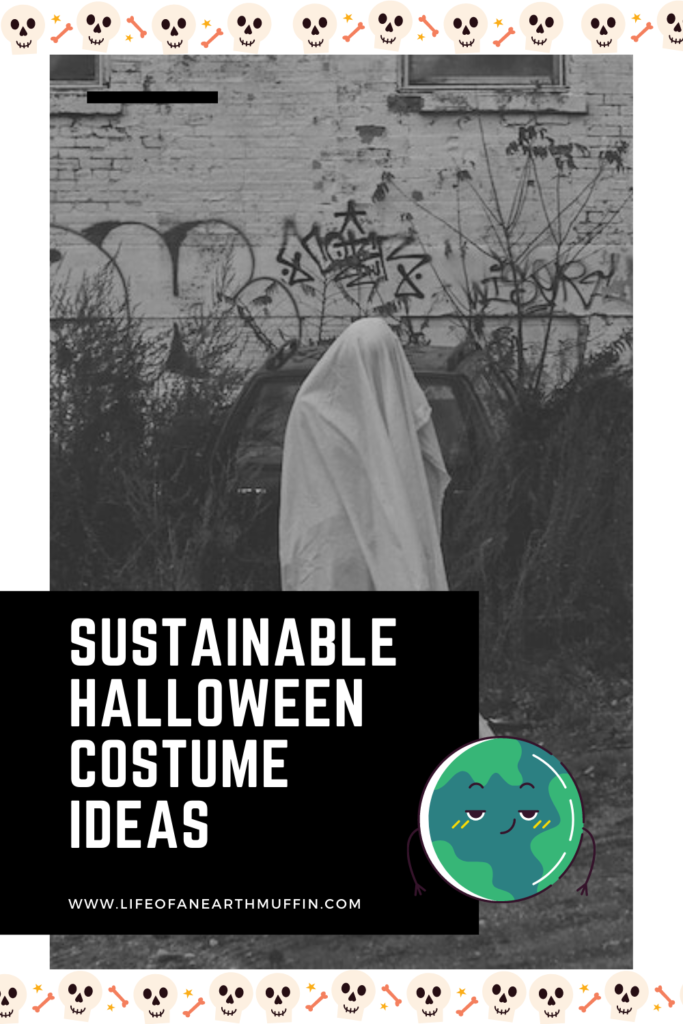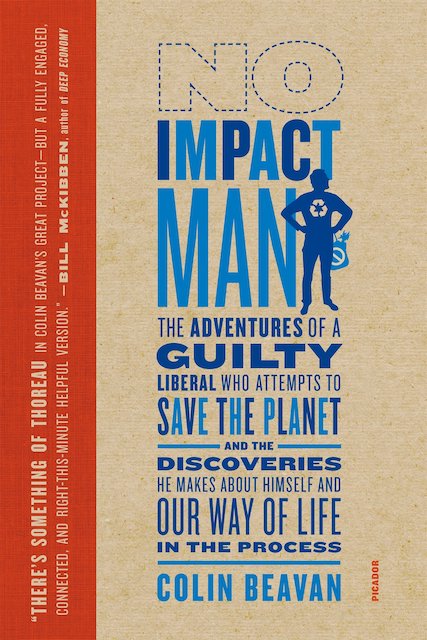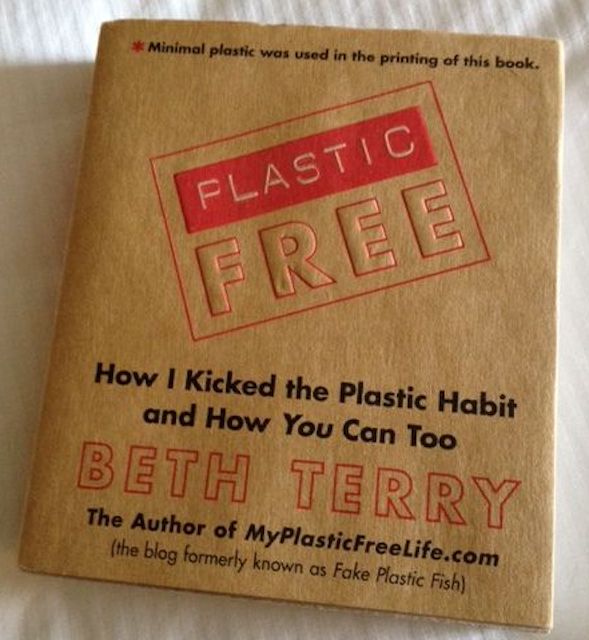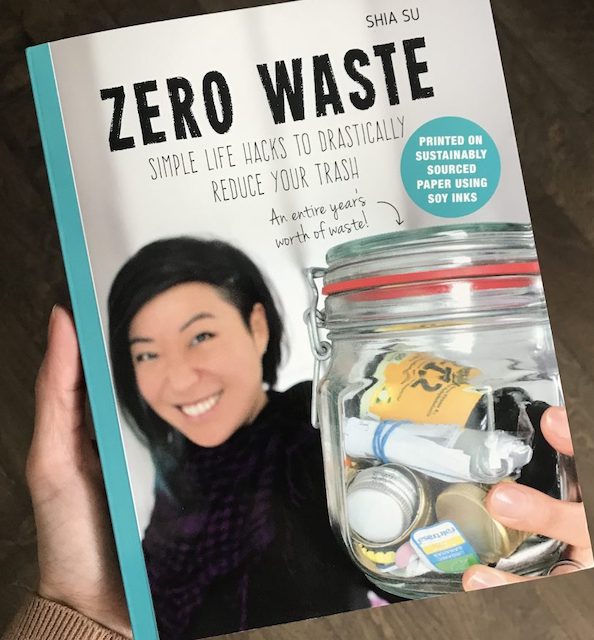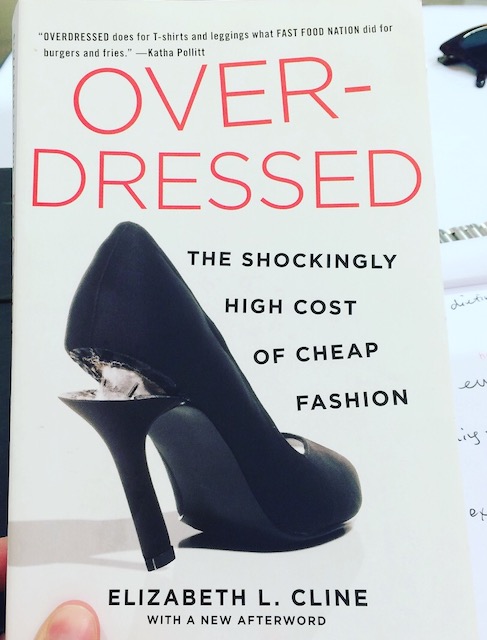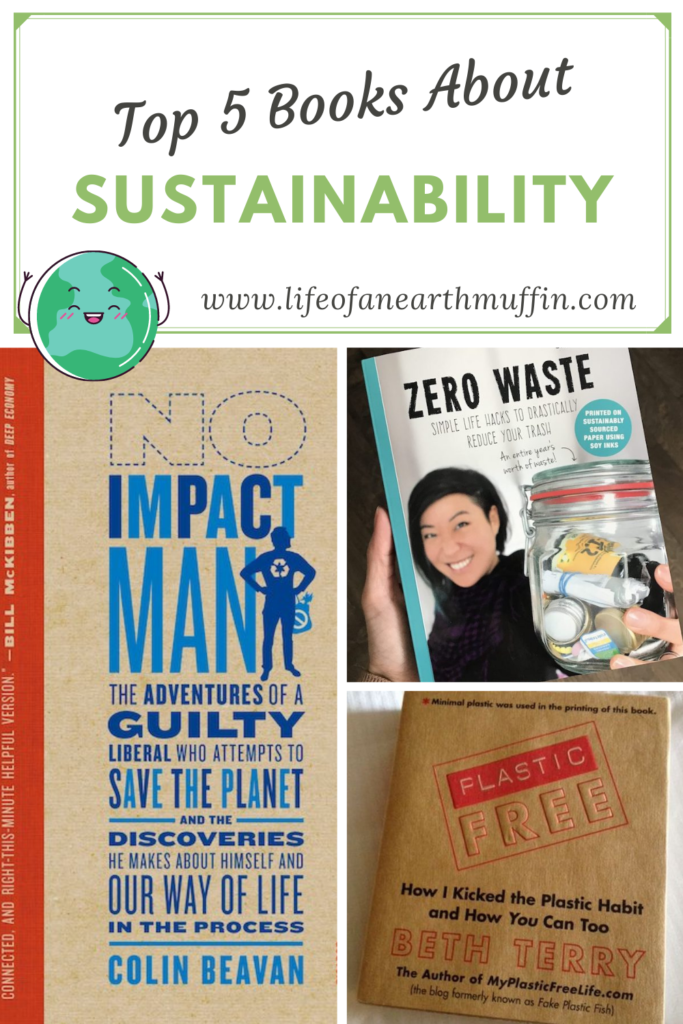Hey earth muffins! Over the summer I posted about how I have been a vegetarian for more than a year now. What you might not know is that my boyfriend eats meat – and a lot of meat at that! I am a vegetarian for my own reasons and he isn’t for his own…. So I thought it would be interesting to share some of my best practices for living with someone who follows a different diet! This is similar to my post about how to live with someone who isn’t as eco-friendly; if you like this style/format, let me know and I will continue to write posts like this! 😊
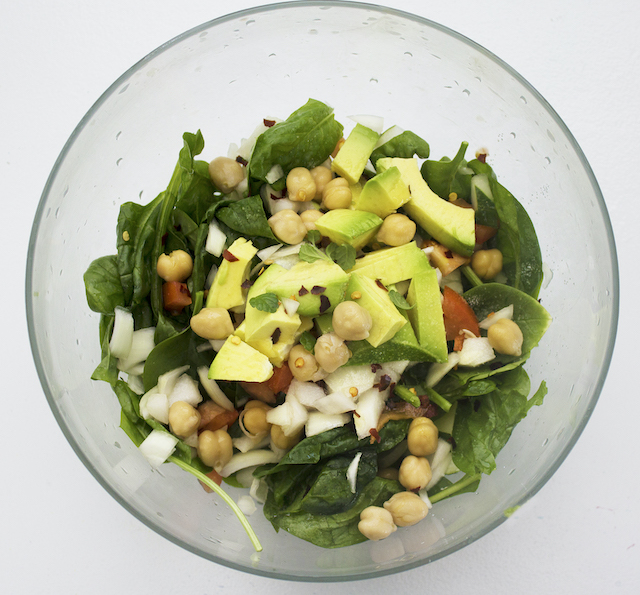
Tips for Cooking with Different Diets
For my boyfriend and I, we talked about how we were going to cook when we moved in together this summer. I thought it was important for us to not cook two totally different meals every night. We thought it would be better for our relationship to cook one meal that we can enjoy together…. And that has worked out just fine so far! This is definitely a personal preference for us. If you are a vegetarian/vegan and your partner isn’t, there is nothing stopping you from both cooking something and then eating it at the same time! 🍴
I think the best tip I can give is to make recipes and then add the protein as the last step. If we are making spaghetti, we first cook the sauce and noodles. We then portion it in half and he adds his cooked ground beef and I’ll add tofu crumbles/another non-meat protein. Super easy! 😋 The same goes for things like fried rice or stir fry: make the base, split into two pans, add the protein. My boyfriend has also been blessed (or cursed?) with a bunch of food allergies, so this is also a great method if I want to add something into my dish that he is allergic to.
If you don’t want to split your dinner into two dishes, you can also easily make things where a different protein is added as you cook. Examples of some of our favorites include tacos, quesadillas, sandwiches, and sheet pan dinners (where we put veggies, meat, and tofu/non-meat protein together!). This can help with making sure the different proteins are ready at the same time, which I will talk about next.
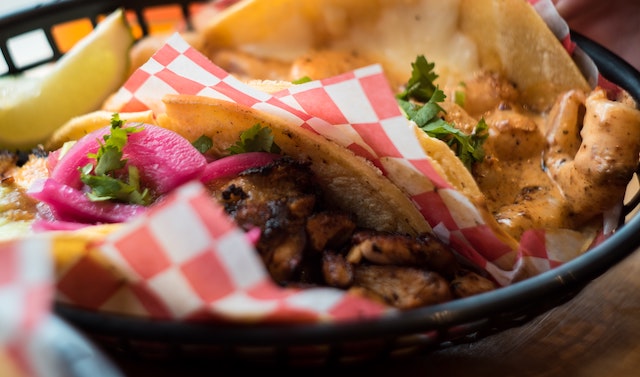
Because you aren’t eating the same protein, it is important to know how long it will take them to cook. You wouldn’t want one meal to be done 10 minutes before the other. That defeats the purpose of trying to eat together! 😅 I used to eat meat which has helped us, as I didn’t have to learn how long it takes to cook meats. To speed up the cooking process, we will often use an airfry to assist with cooking the proteins. I never thought I would use an airfry as much as we do in the kitchen; I’d highly recommend checking one out (affiliate link)!
Other Tips for Having a Different Diet
Just because you have a different diet doesn’t mean you can’t eat the same recipe! While yes, for my situation, my boyfriend is the only one who can shift to eating my food, but who says you can’t find recipes with totally different forms of protein! We both love mac n’ cheese, which easily accomodates both of us. I make homemade pierogis which, again, fits both of our diets. I have also been experimenting with new recipes this year that I have never tried before, like potato tacos! 🥔 It’s time to get creative in the kitchen y’all!
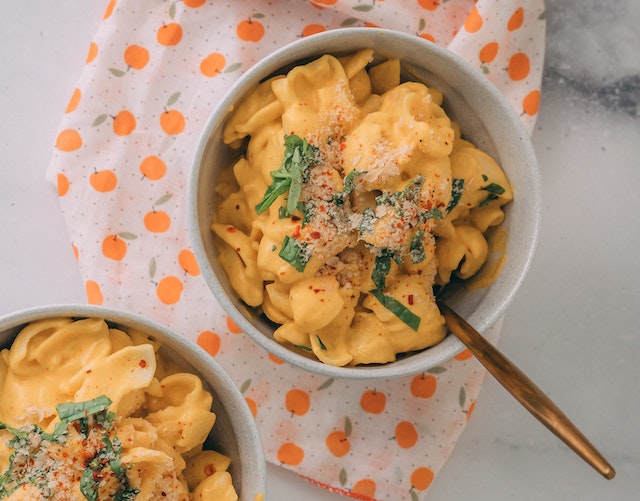
After you have cooked your meal, just be prepared for slightly more dishes to clean! We usually just have one extra pan than if we had eaten the same food. Our apartment has a dishwasher; this makes an extra dish no problem because everything just gets put into there. If you don’t have a dishwasher, make sure you use as little water as possible when handwashing! 🙃 It is definitely more sustainable to run a dishwasher than handwash.
Lastly, it is important to discuss your grocery shopping. Some forms of protein are naturally more expensive than others. It is important to talk about what your budget(s) are for food and then stick to them! Overall, it was an adjustment for my boyfriend and I to accomodate both of our (very different) diets. But, we have made it work with these different diet tips – I know you can too! 😍
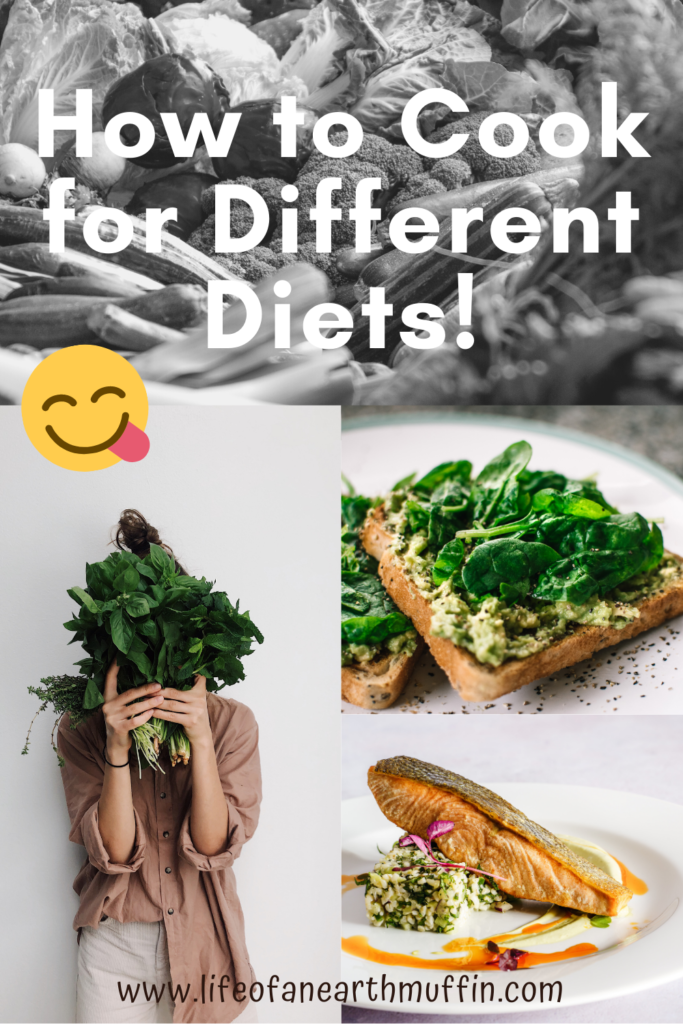
Love,
Jenna ♥

